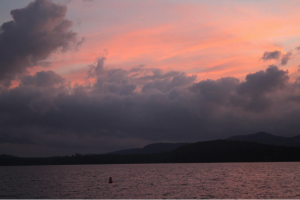 In his first speech as President-elect of the United States, Senator Barack Obama uttered the famous words which became the soundbite echoed across the world: “Change has come to America.” It was and is a highly optimistic statement, a statement that seems premature in light of the Michael Brown shooting and all that has followed since then. And I would be the first to admit that there is still much to be done in the areas of discrimination, institutional racism – well, racism of all sorts – and race relations in the United States. However, the U.S. just might not be the country that you think it is.
In his first speech as President-elect of the United States, Senator Barack Obama uttered the famous words which became the soundbite echoed across the world: “Change has come to America.” It was and is a highly optimistic statement, a statement that seems premature in light of the Michael Brown shooting and all that has followed since then. And I would be the first to admit that there is still much to be done in the areas of discrimination, institutional racism – well, racism of all sorts – and race relations in the United States. However, the U.S. just might not be the country that you think it is.
Change – mind-blowing change – has come to America in the last two decades. Read more








